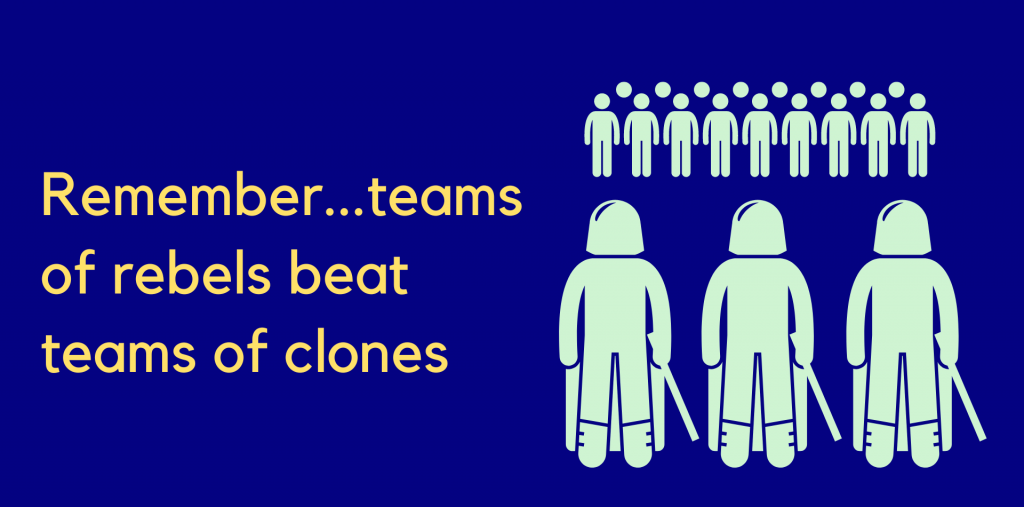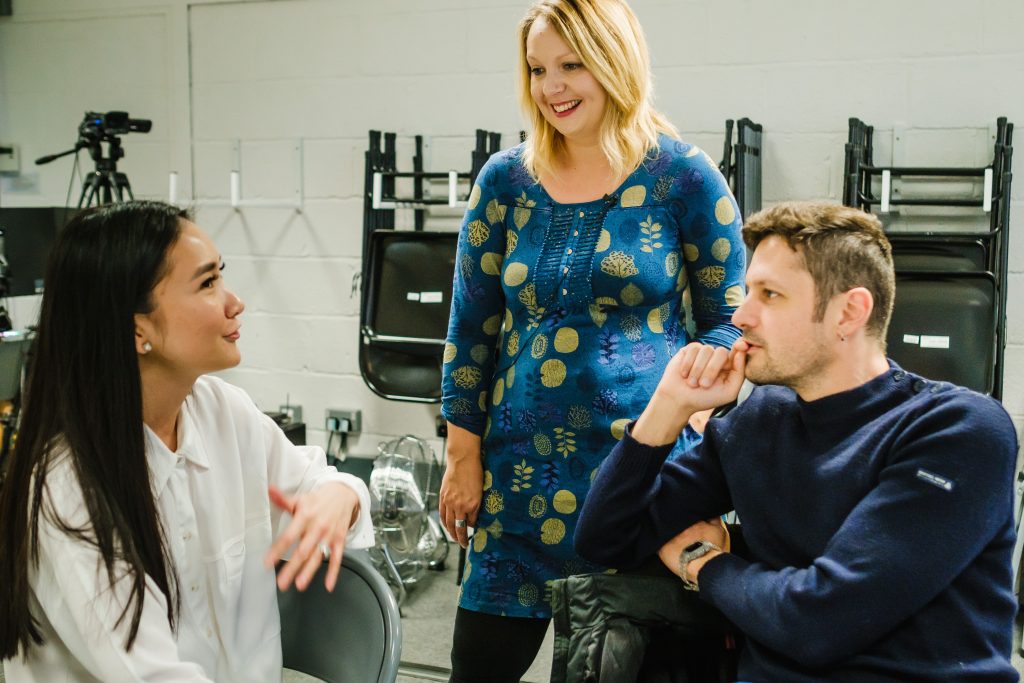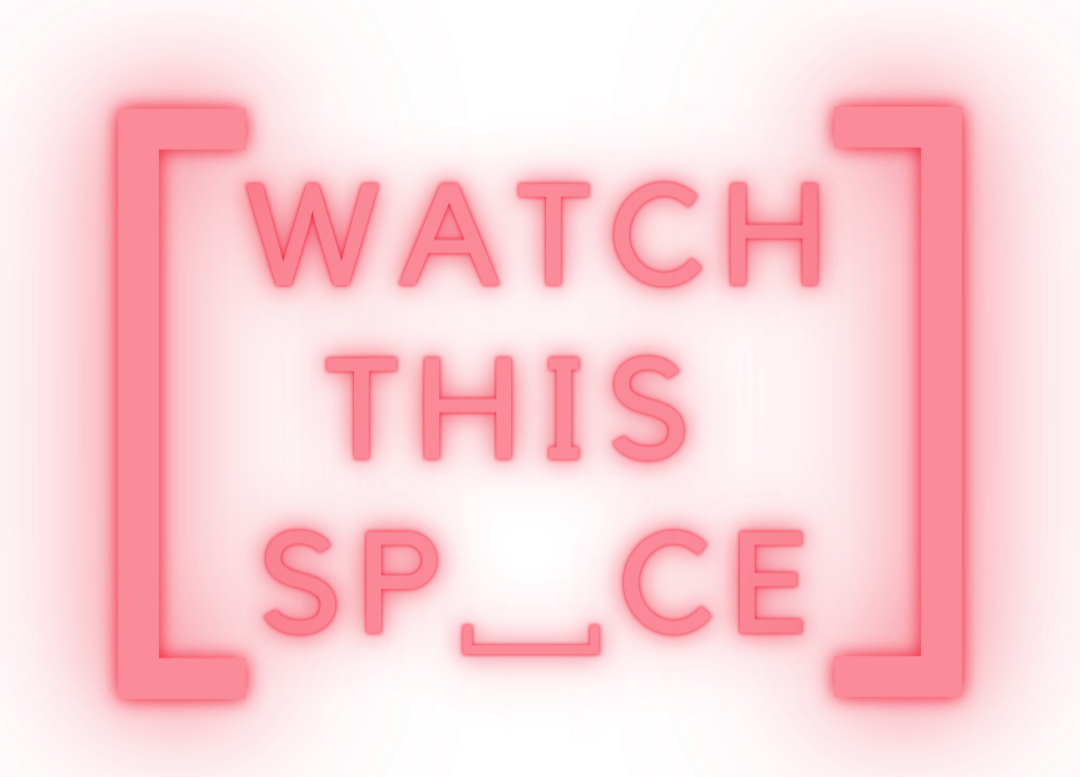But what about Culture Fit?
Oh yes, sure, we want diverse teams but we also want people to ‘fit in’ with our culture
Will they fit in though?
These are just some of the phrases we hear when we talk to employers. People talk in general terms about diversity, equity, and inclusion. They sometimes talk to us about wanting to do something about this. The problem is, there’s also a desire for everyone to be the same.
Employers often grapple with the concepts of “culture fit” versus “culture add.” Traditionally, companies have emphasised “culture fit” in their hiring practices, seeking people who align closely with the people who are already there. They look for people who have things in common with existing employees. Perhaps without realising, they favour candidates who went to schools they recognise, or use language they use themselves. All of these things feel comfortable and safe.
We get it. There is a desire for people to fit in with the ways of working for an easy life. It is more straightforward if the people who join also like going for beers to pubs you like on a Friday, and are happy with the references you use from films and TV shows you like. The problem is that this approach leads to creating ‘teams of clones’ where everyone is very similar. And that leads to teams who struggle with innovation and new ideas, with different ways of working, with productivity, and yes, definitely with recruitment and retention.
We often recommend the book ‘Rebel Ideas’ by Matthew Syed, where he shows the power of diverse teams and why you need teams of rebels.

In contrast, if you consider “culture add”, this philosophy champions diversity by bringing in people who offer new perspectives and experiences, and can challenge ideas with new ways of thinking and working. To create teams of very different types of people with different ideas and perspectives means moving beyond Culture Fit to Culture Add.
‘Culture Fit’ – The Limitations
Culture fit is all about fitting in with the existing. It’s about people behaving, working and thinking in similar ways. When companies prioritize candidates who seamlessly blend into the existing culture, they risk perpetuating a work environment where everyone thinks, behaves, and interacts in similar ways. There is no challenge to ideas with different perspectives. The pitfalls are:
- Groupthink: if everyone thinks in very similar ways, there is no diversity of thought. This phenomenon, known as groupthink, can stifle innovation and lead to poor decision-making as critical challenges and alternative solutions are overlooked.
- Stagnation: without people with different experiences, ideas and ideas, new ideas become more difficult. Without diverse perspectives, companies may struggle to evolve and adapt to changing market conditions. Innovation often comes from the collision of different ideas and viewpoints.
- Exclusion: emphasizing “culture fit” can exclude talented people who don’t conform to the rest of the group, but these are the very people who could contribute significantly with their unique skills and perspectives if they felt they would be listened to and felt safe enough to share their ideas.
The Power of ‘Culture Add’
In contrast, “culture add” is about who brings something different? Whose unique ideas and perspectives will contribute something and help everyone to see things in different ways. Who has lived a different life, experienced different things and can bring their viewpoints to the organisation? This approach recognizes that true innovation, creativity and growth come from people from different backgrounds and perspectives. Here are the key reasons why “culture add” is vital for creating diverse and inclusive teams:
- Innovation and Creativity
Innovation comes from different types of people who are encouraged and valued. By prioritizing “culture add,” companies can create teams that draw on a wide range of experiences and viewpoints. This diversity of thought sparks creativity, leading to the development of new solutions and strategies to drive ideas forward.
- Problem-Solving
Teams that are created with people from varied backgrounds are better equipped to tackle complex problems. Different perspectives lead to a broader understanding of issues and more comprehensive, innovative solutions. “Culture add” ensures that teams are well-rounded and capable of approaching challenges from multiple angles.
- Reflecting Diverse People
The people we wall want to appeal to as clients and partners are…diverse themselves. So we need to mirror this diversity in teams to effectively understand your potential customer base. “Culture add” allows organisations to build teams that resonate with diverse demographics, enhancing their ability to connect with and appeal to a broader audience.
- Employee Engagement
When employees feel that their unique contributions are valued, they are more likely to be engaged and committed to their work. “Culture add” creates an inclusive environment where differences are celebrated, leading to higher job satisfaction and retention. Employees are more motivated to contribute their best work when they feel seen and appreciated. When people feel they can be themselves, share their ideas and that they are valued, they are more engaged in their work.
- Resilient Workforce
Diverse teams are more adaptable and resilient in the face of change. By integrating varied perspectives and experiences, companies can better navigate uncertainties and innovate in response to a changing world. “Culture add” builds teams that are not only diverse but also robust and flexible. With different ideas and perspectives, comes the resilience of debating and considering a range of ideas, challenges and solutions.

Those that adopt a culture of ‘culture add’ who brings something different, signal a company’s genuine commitment to diversity, equity and inclusion. This is about taking action and doing something different, instead of relying on the same approach and the same types of people. This enhances the organisation’s reputation, attracting top talent from diverse backgrounds and building trust with customers, partners, and the broader community.
Implementing ‘Culture Add’ in Hiring
Transitioning from a “culture fit” to a “culture add” hiring strategy requires deliberate changes in how you approach recruitment and team-building:
- Define Company Culture: shift the narrative to embracing a dynamic, evolving culture that welcomes new influences and ideas
- Job Descriptions: highlight the value of diverse experiences and perspectives in job advertising. Encourage candidates to bring their unique strengths and backgrounds to the role
- Train Hiring Managers: provide training on Inclusive Recruitment (we can help with that!)
- Use Structured Interviews: develop interview questions that assess a candidate’s ability to contribute new perspectives and ideas
- Create an Inclusive Environment: create a workplace culture that actively supports and values diversity. Ensure that all employees feel included and empowered to share their unique perspectives.
While “culture fit” aims is about maintaining what exists and adding more people who are similar, “culture add” is about new ideas and perspectives. Culture Add enriches the workplace by bringing in new ideas to challenge ways of thinking, drive creativity, enhance problem-solving, and reflect the people you want to appeal to. Culture add helps you to build dynamic, inclusive teams who can take you forwards to create a more inclusive organisation.
